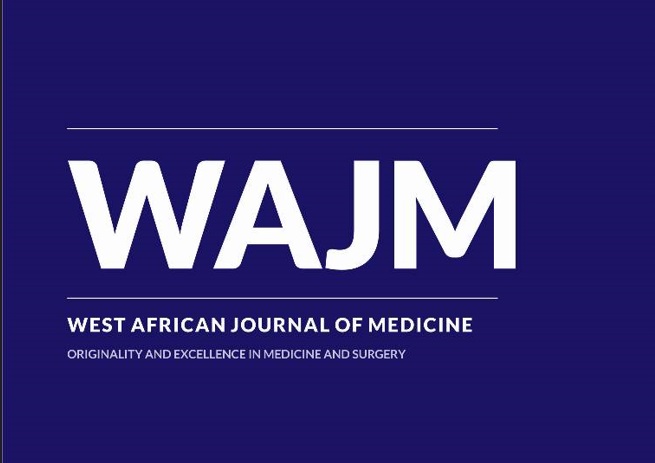ORIGINAL: Molecular Subtypes of Breast Cancer in a Tertiary Centre in Edo State: South-South Nigeria
West Afr J Med. 2024 July; 41(7): 767–774 PMID: 39356615
Keywords:
Breast Cancer, Molecular subtypes, Nigeria, South-southAbstract
Background: Breast cancer constitutes a significant public health issue in most resource-constrained nations due to its high morbidity and mortality rates. There is a paucity of knowledge of the molecular subtypes of breast cancer in Nigeria primarily due to the lack of immunohistochemistry. This study aims to identify the molecular subtypes of histologically confirmed breast cancer cases at the University of Benin Teaching Hospital, Benin City, Nigeria, using ER, PR and HER2/neu as immunohistochemical biomarkers.
Materials and method: Breast cancer specimens received in the Histopathology department of the University of Benin Teaching Hospital between 2019 and 2021 were used for this study. Representative sections of paraffin-embedded blocks were recut for histological typing, tumour grading, and immunohistochemistry.
Results: A total of 330 cases were evaluated in this study. The average age was 49 years, with a M:F of 40.3:1. The most frequent histological type was invasive breast cancer (92.1%). Two hundred and forty-two (73.3%) cases were categorized as grade II tumours. The steroid hormone receptor positivity was 39.4%. Oestrogen and Progesterone receptor positivity were 39.4% and 22.1%, respectively. HER2/neu was positive in 16.4% of the cases. Triple-negative breast cancer (TNBC) was the most common molecular subtype, accounting for 49.4% of cases. Luminal A, Luminal B, and HER2/neu enriched subtypes were each found in 34.2%, 5.2%, and 11.2% of cases, respectively.
Conclusion: Triple-negative breast cancers predominated among the study population and were more common in high-grade tumours with unfavourable histological types and among women who were younger than their Caucasian counterparts.


